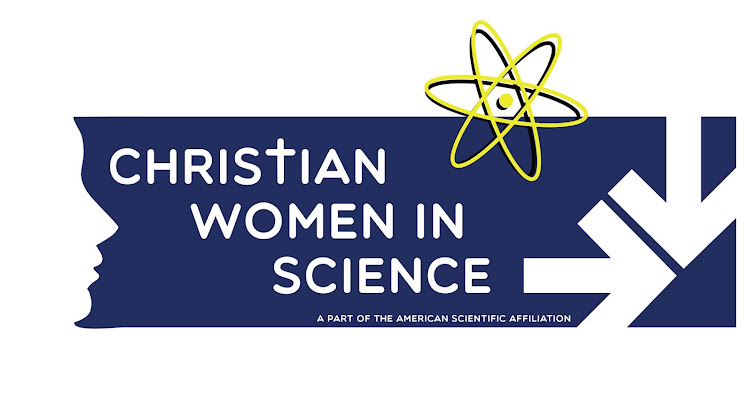Alice C. Linsley
Cultural anthropology is a science that focuses on human societies and cultures, and their development over time. It investigates the social structures and patterns that characterize a community, a clan, a caste, or a society.
Humans live within structures like the nuclear family, marriage traditions, gender roles, hierarchies, traditional ceremonies, annual festivals, etc. Some of these are human in origin, but others are dictated by environments in which people live and by fixed patterns in Creation: male-female; night-day; seasonal changes, the east-west solar arc, etc. The Apostle Paul refers to such fixed patterns in Romans 1:20:
"For since the creation of the world God’s invisible qualities—his eternal power and divine nature—have been clearly seen, being understood from what has been made, so that people are without excuse."
Biblical anthropology focuses on biblical populations. Most of these populations are in the same genetic group: Haplogroup R1b, shown on the map above. These populations share a common ancestry linguistically and genetically. Artifacts found among these populations also indicate common technologies, objects, and symbols.
One example is the six prong or six petal solar symbol which is called by different names depending on the location. Among the Slavs it is called Perun's Flower.
These are symbols of the High God among the Baltic Slavs. Svetovid is related to the words Sventevith and Zvantewith. These words share the same root word svętъ, meaning saint or holy. Svetovid means "Holy Lord." The word vid in Latin refers to seeing. It is as variant spelling of vit, meaning lord or ruler. There likely is a connection between the lord's oversight and the idea of divine appointment to rule.
Among the Hebrew it is called the Merkaba. Consider all these places where the same image appears among the R1b peoples.
This is the Black Obelisk found in ancient Kalhu (Nimrud/Nimrod). It shows King Jehu/Yehu of Israel bowing before the Assyrian King Shalmaneser III after the Assyrian defeat of the Northern Kingdom of Israel. The obelisk dates to 841 B.C. Note that the six-prong solar symbol appears in two places: on the winged celestial creature directly above Yehu and above the sheaves of wheat presented as tribute by one of Yehu's priests.
One example is the six prong or six petal solar symbol which is called by different names depending on the location. Among the Slavs it is called Perun's Flower.
These are symbols of the High God among the Baltic Slavs. Svetovid is related to the words Sventevith and Zvantewith. These words share the same root word svętъ, meaning saint or holy. Svetovid means "Holy Lord." The word vid in Latin refers to seeing. It is as variant spelling of vit, meaning lord or ruler. There likely is a connection between the lord's oversight and the idea of divine appointment to rule.
Among the Hebrew it is called the Merkaba. Consider all these places where the same image appears among the R1b peoples.
Nok figurine found in Nigeria.
Note the solar mark on the ruler's forehead indicating divine appointment by "overshadowing." A solar horse mark was found of the cheek of the Ur David mummy (1000 BC) buried in a pyramid in the Tarum Valley of China.
Funeral stele found in Arabia.
TNT stele found in Carthage, North Africa


















